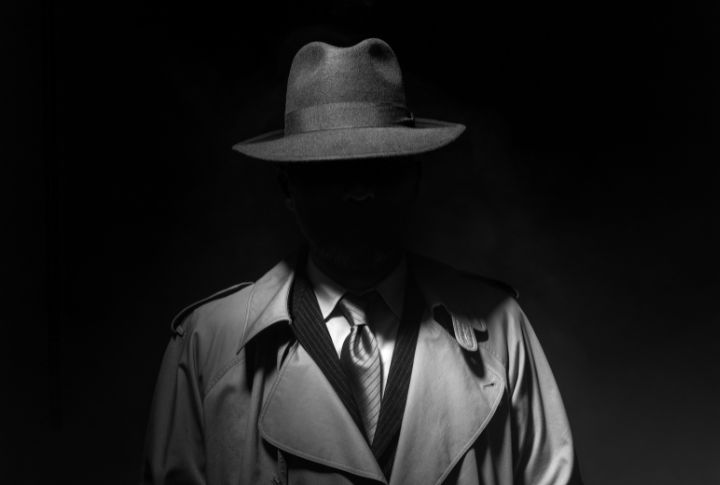
The mob is one of organized crime’s most glamorized and popularized facets. When one imagines a crew head, one imagines a neatly dressed man with a cigar and a firearm. Numerous notorious figures have lingering legacies.
Al Capone
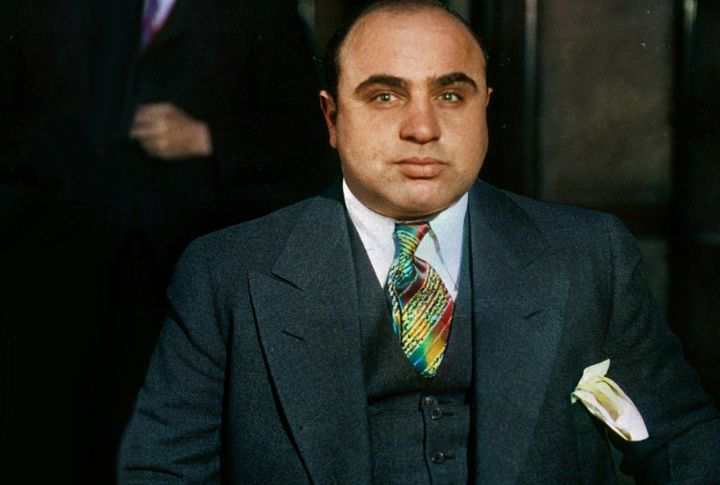
Al Capone, the original “Scarface,” ruled the streets of Chicago during the Prohibition era of the 1920s. He was someone willing to resort to violence to accomplish his goals, and the infamous Saint Valentine’s Day Massacre of 1929 solidified his status.
John Gotti
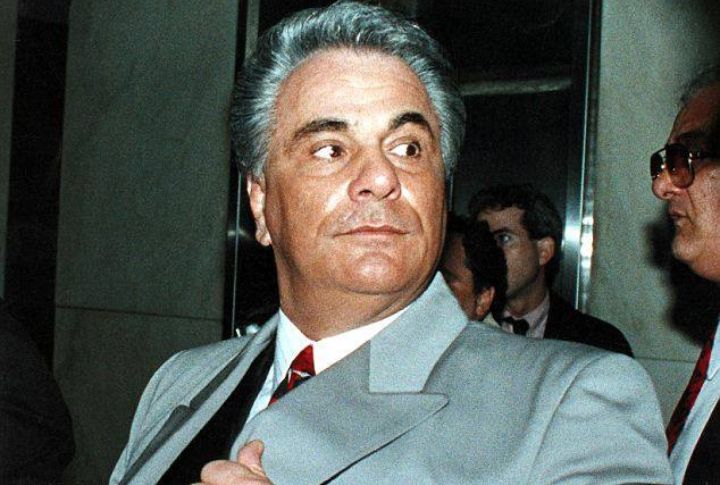
Dubbed the “Teflon Don” for his uncanny knack for dodging legal repercussions, Gotti emerged unscathed from multiple high-profile trials, including those charging him with murder and misconduct. However, Gotti’s luck took a nosedive in 1992, culminating in his conviction for murder, racketeering, and sundry other offenses.
Lucky Luciano
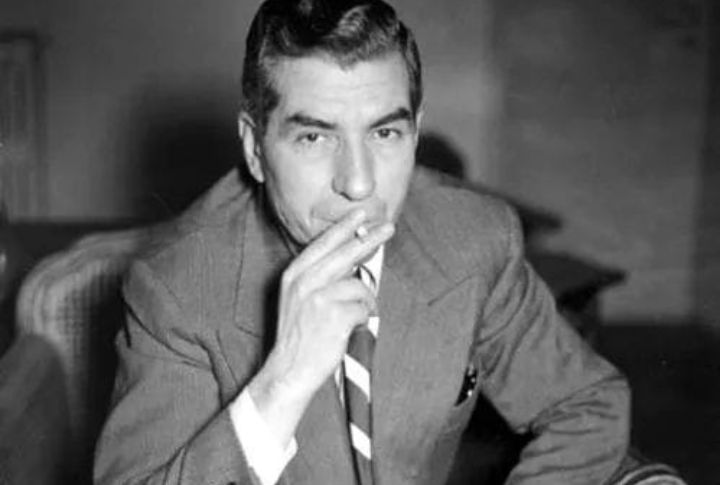
Luciano swiftly gravitated towards a life of transgressions, carving out a niche within the Italian-American network. Revered as the architect of the modern structured syndicate, he revolutionized the Mafia land by instituting a national commission to oversee all Mafia operations across the United States.
Meyer Lanksy
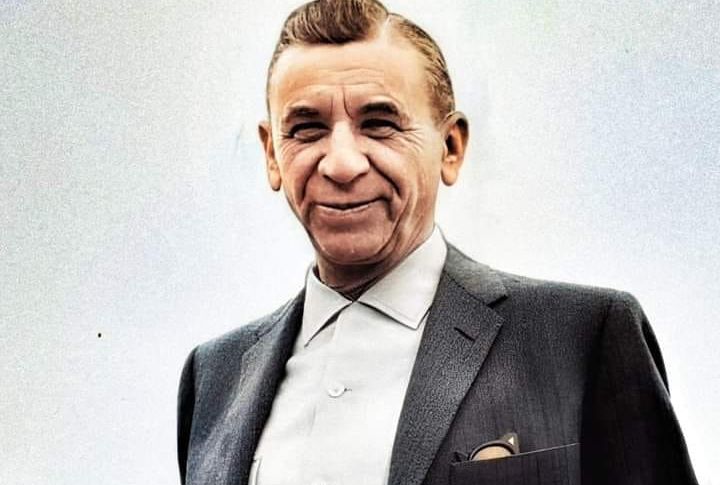
Born in 1902, Meyer Lansky got entangled in an organized syndicate from a young age. Because of his sharp intellect and astute business acumen, he emerged as a pivotal figure in forming the National Crime Syndicate. Beyond the shadowy realm of lawlessness, Lansky also displayed a philanthropic streak.
Carlo Gambino
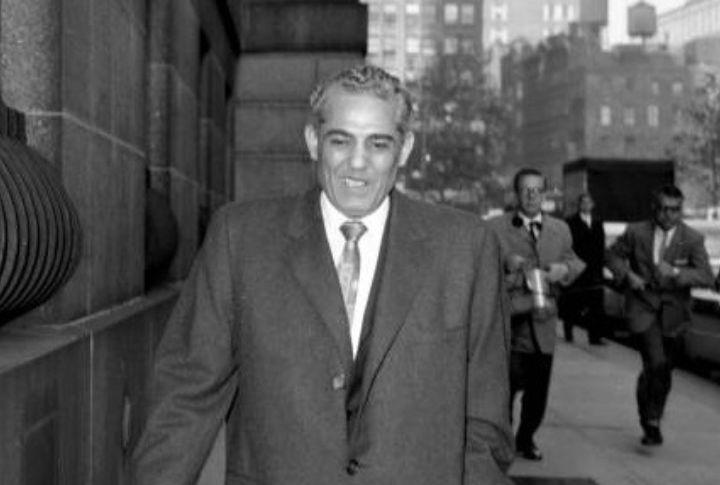
Did you know that the iconic titular character of the most renowned mob movie ever drew inspiration from a man during the golden era of the cosa nostra? That man was Carlo Gambino, the original Don of one of the Five Families during their inception in New York City.
Veto Genovese
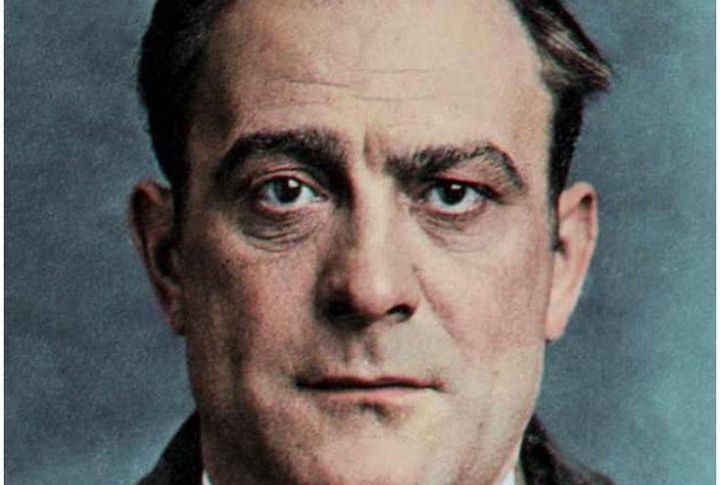
Vito Genovese met his demise behind bars in 1969 at 71, leaving behind a legacy as one of the most potent and dreaded mobsters. During his time, he was part of several illicit activities, including gambling, loan sharking, and extortion.
Benjamin “Bugsy” Siegal
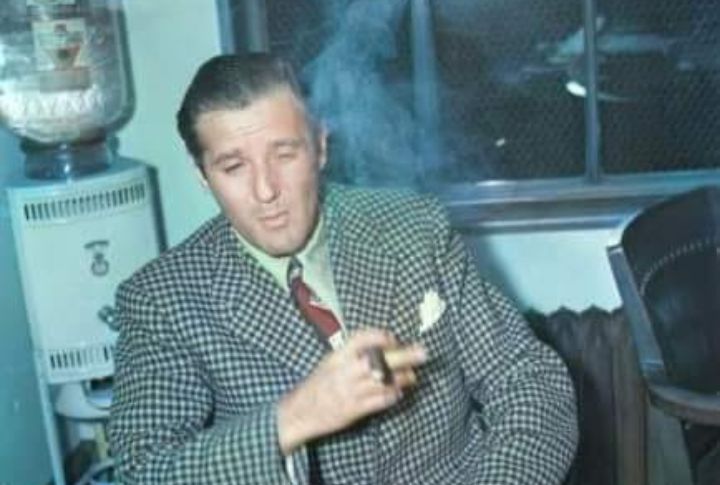
Benjamin “Bugsy” Siegal garnered his moniker due to his reputation as “crazy as a bedbug,” characterized by volatile temperaments and recurrent outbursts of violence. One of his most notorious activities unfolded in 1931 with the assassination of Joe “The Boss” Masseria.
Tony Accardo
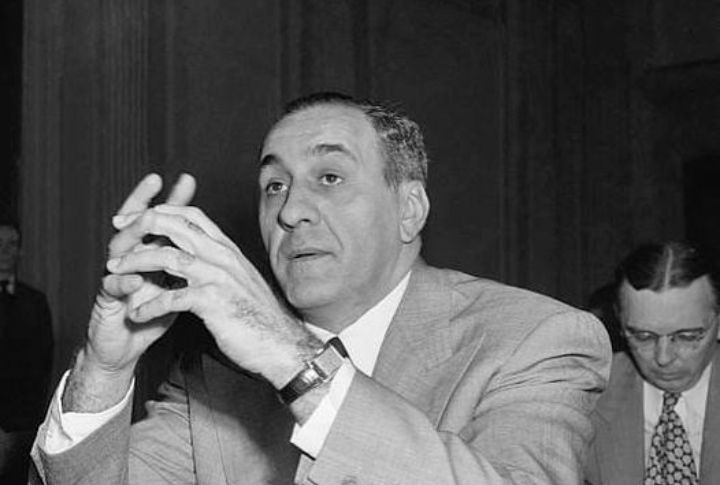
Son of an Italian shoemaker, Tony Accardo’s early foray into legitimate employment included stints as a flower delivery boy and a grocery clerk. Soon, his allegiance shifted to the Circus Café Gang, particularly to Al Capone when he operated as a hitman before becoming his bodyguard.
Frank Costello
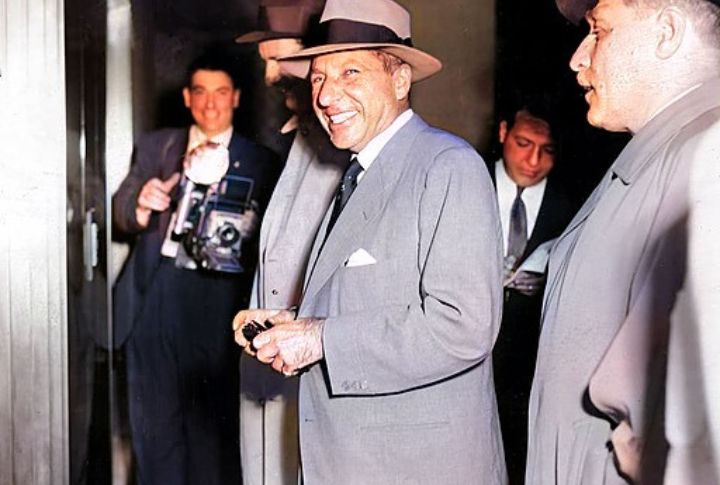
Until his demise from natural causes in 1973, Frank Costello continued to be involved in the underworld. He immigrated to the US in 1895 and swiftly immersed himself in Lower Manhattan’s Five Points Gang. Notably, his ascent to power was due to his ties to Irish rum runners led by Bill Dwyer.
Joe Bonanno
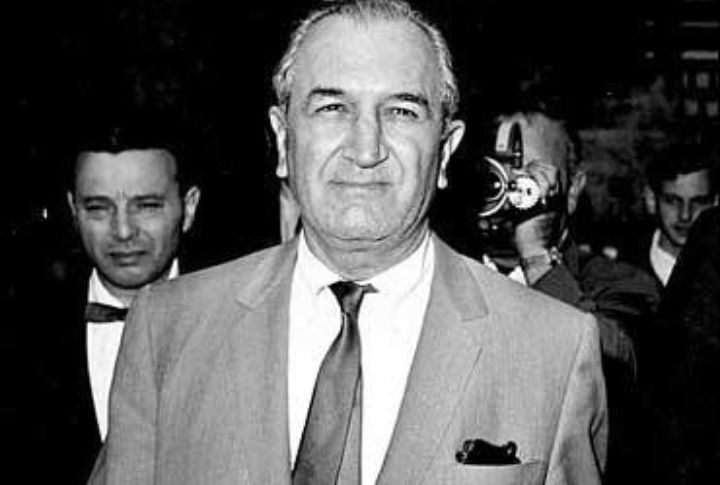
Unlike his counterparts, Joe Bonanno eschewed flashy attire and lavish meetings. He preferred to orchestrate his criminal affairs from the comfort of his home, where he reputedly treated guests to homemade steak and pasta. Remarkably, Bonanno evaded legal scrutiny for much of his life, facing his first arrest at 75.
Joe Colombo
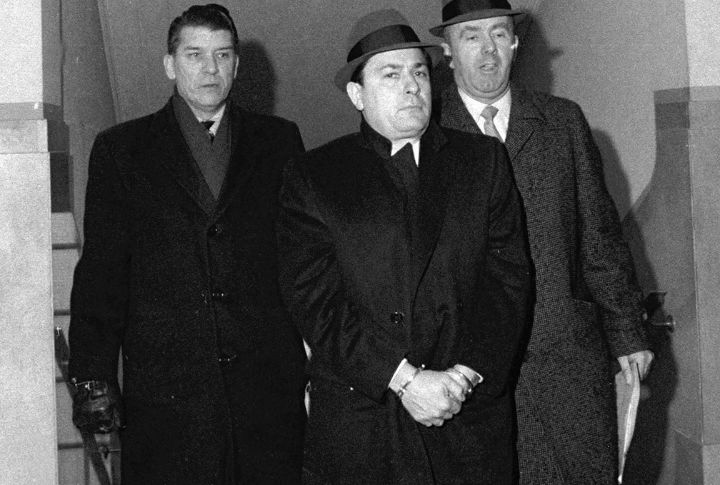
Joe Colombo held significant ties to the American crew, particularly his active involvement in the Profaci household during the 1960s. In 1971, he fell victim to an assassination attempt, sustaining a gunshot wound to the head, following which he remained permanently paralyzed and in a comatose state until his passing.
Albert Anastasia
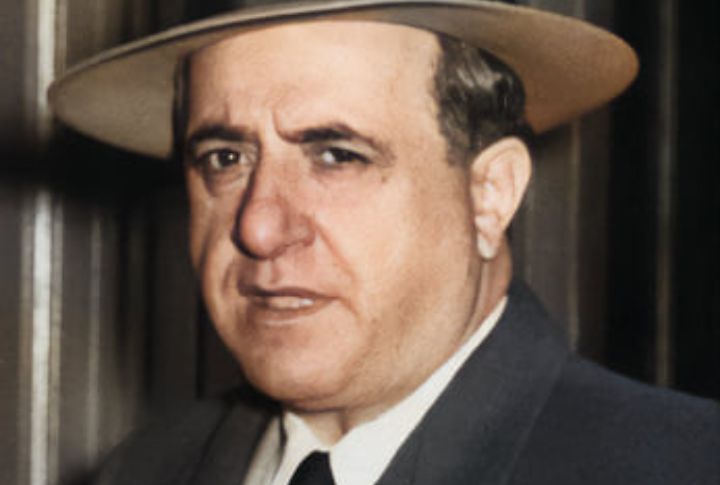
Albert Anastasia’s saga is savage and menacing, and he is instrumental in the execution of Guiseppe Masseria. Unexpectedly, he also has a prolific military career. He enlisted in the US Army during World War II and served until 1944 in New York. His service earned him citizenship and an honorable discharge.
Vincent Gigante
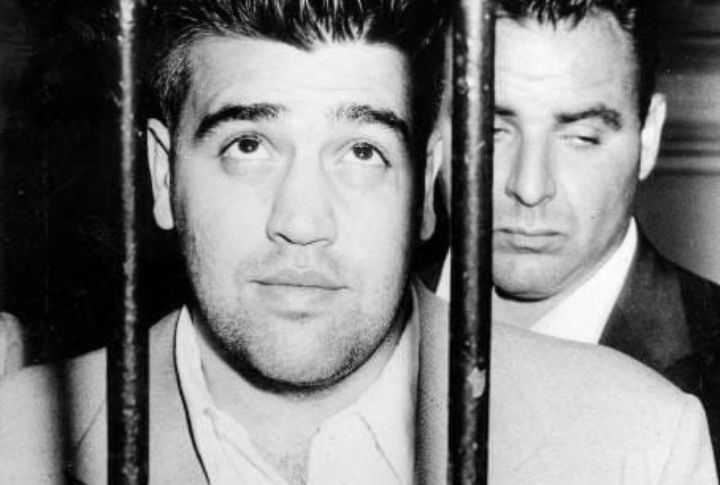
Throughout the 1960s and 1970s, Vincent Gigante steadily ascended the ranks, eventually attaining the boss position within his family. He maintained a grip on power until he officially clinched the title of the most influential American crime leader in 1992.
James “Whitey” Bulger
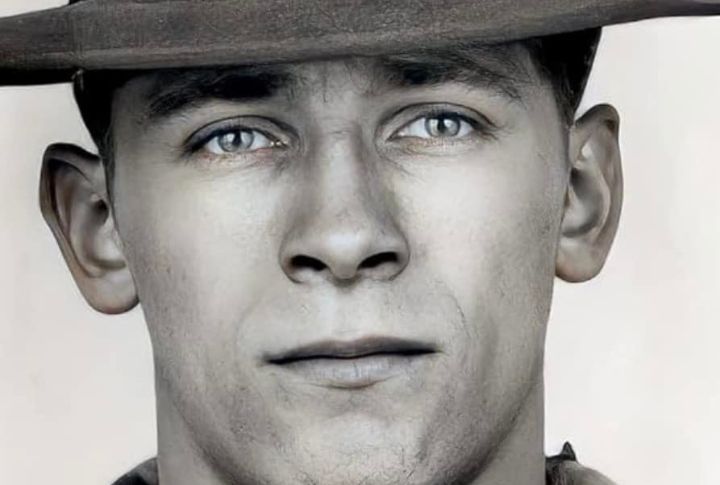
A prominent member of the Irish clan in Boston from the 1950s to the early 2000s, unbeknownst to his associates, James Bulger, assumed the role of an FBI informant in 1974. Following several stints in federal prison, he collaborated with FBI agent John Connolly to dismantle the Italian network.
Matthew Madonna
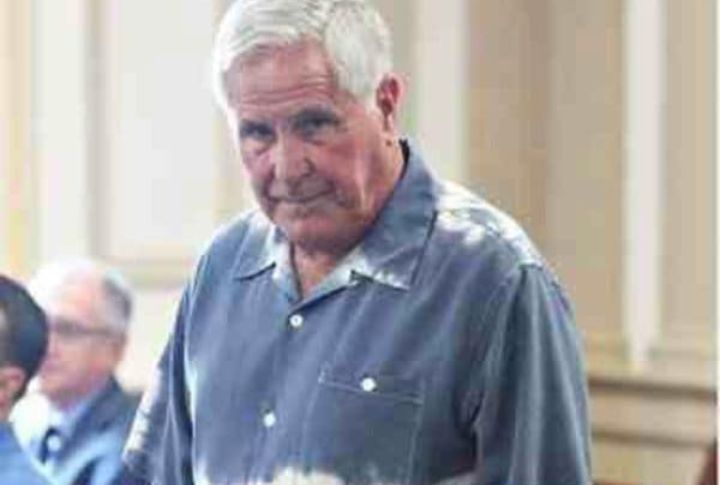
Mathew Madonna’s entanglement with the law dates back to 1959 when he was briefly detained on drug charges, leading to an encounter with Nicky Barnes. He orchestrated a vast racketeering scheme and engaged in various criminal enterprises, generating approximately $400 million in revenue.

Comments
Loading…